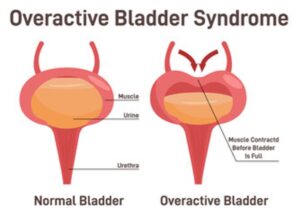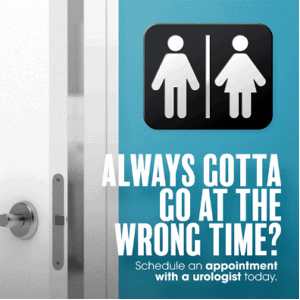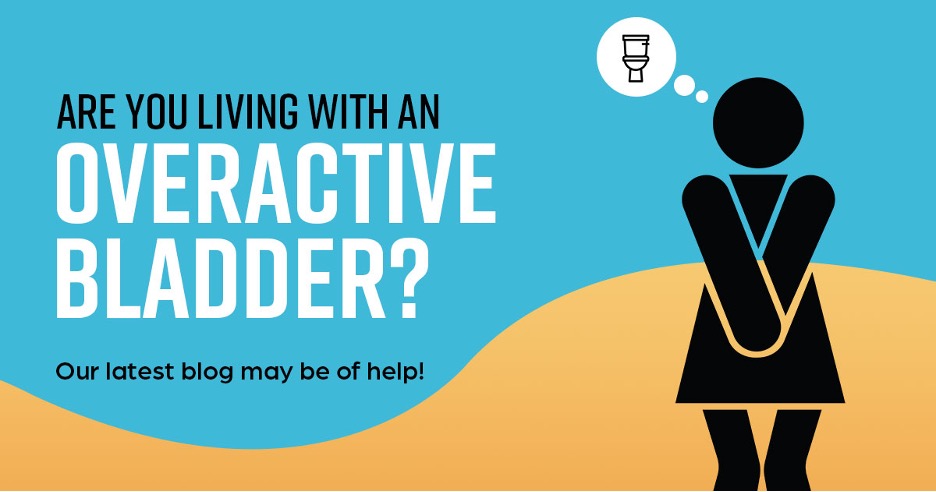Having an overactive bladder can be a real challenge, but learning more about the condition can be empowering. Your overactive bladder matters; learn more about symptoms, diagnosis, and treatment options in our latest blog!
What is an Overactive Bladder?
Did you know that over 30 million women in the United States are affected by an overactive bladder (OAB)? Regardless of how common the condition is, the topic remains somewhat taboo to discuss for many. Overactive bladder is characterized by sudden and unstoppable urges to urinate, even when your bladder isn’t full.
While the condition may affect people of any age, it becomes more prevalent as one grows older. Common symptoms include the feeling of not being able to fully empty the bladder after using the bathroom; waking up multiple times during the night to use the bathroom; leakage of urine (incontinence); feeling like you have a weak bladder; and difficulty making it to the restroom on time. This disorder can cause significant distress and interfere with daily living, impacting your daily activities such as work, social activities, and relationships.

Receiving a Diagnosis for OAB
When diagnosing an overactive bladder, the process is relatively straightforward. Your doctor will begin with a physical exam, an evaluation of your medical history, and review past treatments. During the physical exam, your doctor might check your blood pressure, perform a pelvic exam, and ask questions about urinary habits, such as urgency and frequency of urination. If a physical exam is insufficient to diagnose accurately, further tests may be necessary. In some cases, additional imaging tests such as X-rays, CT scans, or ultrasounds may be recommended to identify potential causes for the issue.
Urodynamic testing can also be utilized; this method tracks your body’s interaction with the bladder and its muscular activity during bladder filling and emptying. Altogether, diagnosing overactive bladder is a multidisciplinary effort that involves many aspects of care to find the most effective treatment. Testing for OAB is essential because it is a road map to the best treatment method for your specific case.
Treatment Options for Patients
If you’re experiencing frequent, sudden urges to urinate and finding your daily routines interrupted by overactive bladder symptoms, there’s good news. There are a variety of treatment options available that can help manage your condition and take control of your life. Medications used to treat OAB help to reduce the number of bathroom trips or increase the length of time between bathroom visits. Pelvic floor muscle exercises may also be recommended to strengthen weak muscles in the bladder area. Other practices like drinking fewer beverages with caffeine or alcohol, scheduling bathroom trips at set intervals during the day, and reducing stress through exercise or yoga may also help improve bladder control. You don’t have to live in discomfort; working with your healthcare provider is vital for relieving an overactive bladder!

An overactive bladder doesn’t define you! Schedule an appointment and speak to one of our urologists today. Urology of North Texas wants to help you lead a life without constrictions – visit our website today to find a location near you!
Resources:



